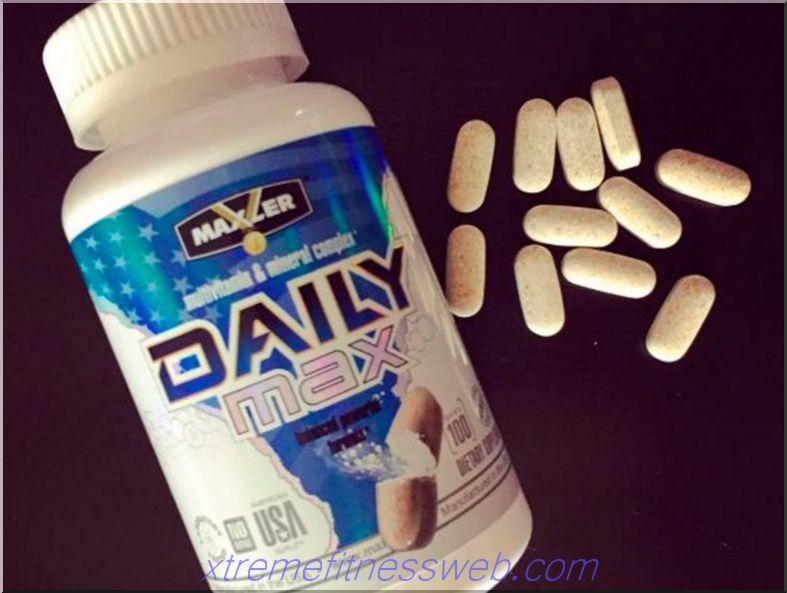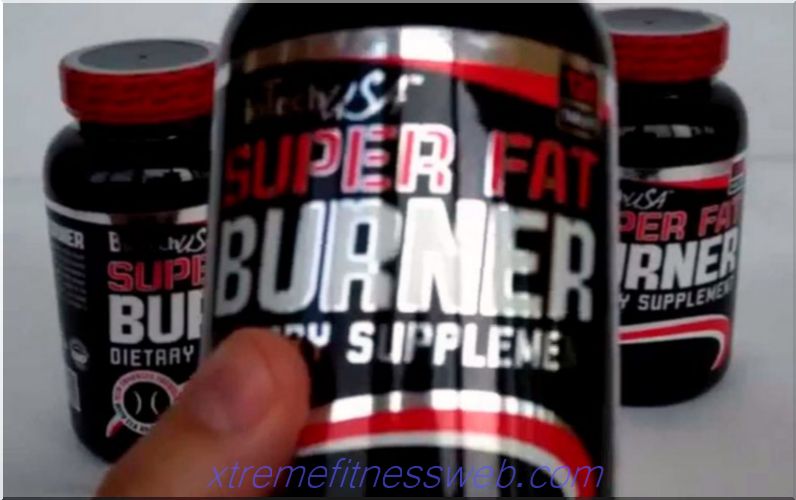- Symptoms of patients with elbow joints, diagnosis of the disease
- Damage to the capsule-ligament apparatus
- Elbow Injury
- Gymnastics for the treatment of pain in the elbow and elbow joints

The elbow joint of every athlete involved in powerlifting or bodybuilding is the most vulnerable spot. The main specificity of training and exercises of this sport is a set of strength exercises, which puts a huge load on the musculoskeletal system of the elbow joints.
In powerlifting, there are several exercises during which the elbow and shoulder joints get a huge load. Such exercises include deadlift, bench press and squats with her.
In bodybuilding, injury to the elbow joint occurs most often due to exercises performed repeatedly. Then the bones are forced to move along a path that is unnatural for them. These exercises can be attributed to the French bench press lying on a bench or standing behind your head, arms with dumbbells to move apart or push-ups on bars with a deep amplitude can also be fraught.
Professionals should not think that the occurrence of such an injury can happen only to beginners. Beginners can simply ignorantly calculate the weight load incorrectly, perform the required exercises incorrectly, or simply perform movements too abruptly. The reason for the occurrence of injury in athletes with experience is most often their overestimation of their own abilities, and they may forget that with age, the ligaments become weaker. Professionals simply allow the overload of the elbow joints, which becomes the cause of the injury.
Content
- 1 Symptoms of patients with elbow joints, diagnosis of the disease
- 2 Damage to the capsule-ligament apparatus
- 3 Elbow injury
- 4 Gymnastics for the treatment of pain in the elbow and elbow joints
Symptoms of patients with elbow joints, diagnosis of the disease
The human elbow joint has an anatomically complex structure, which is why its structure becomes both strong and weak. The elbow joint is the place where the ulna and radius are connected to the humerus. There are no blood vessels in the cartilage of the elbow joint, which can explain the slower nutrition of the tendon tissue, which occurs with the use of synovial fluid. That is why, regularly lifting large loads at each workout, an injury to the elbow joint is caused, and continued exertion of the load will entail a more severe illness, for example, arthritis.

It is worth noting that the occurrence of an injury to the elbow joint does not occur instantly, the progress of the disease is quite slow, it can sometimes take up to several years. Symptoms preceding the disease include the appearance of pain in the ulnar region, which over time becomes more noticeable, and the amplitude of the elbow joint movements during various types of exercises decreases with time.
If you take, for example, professional athletes such as weightlifters, then they have the most common diseases are epicondylitis and tendonitis. When the first disease occurs, the pain is strong enough, especially when the hand clenches into a fist or compresses an object. Pain sensations arise due to the inflammatory process in the elbow joint, which takes place accompanied by reduced metabolic processes. No swelling occurs, there is no redness, as well as no changes in the appearance of the joint. The most common such diseases are among athletes over 35 years old.
Tendenitis is an inflammation of the tendon tissue that occurs due to overload during training. When probing, pain is felt, receding in the late state of the joint. There is an increased temperature, swelling and slight redness, with movement the joint crunches.
Damage to the capsule-ligament apparatus
It is not always possible to diagnose a disease at its peak, because trauma is very difficult to recognize. Most often, it is determined at maximum physical effort by the indirect damage mechanism. Symptoms are very similar to a conventional bruise, but the swelling is more localized, pain occurs on the sides of the joint and hemorrhage appears under the skin. Damage to the collateral ligament, especially with partial ruptures, is determined only after the joint is fully extended. The greatest manifestation of the injury affects the instability of the joint and complicated movements.
Elbow Injury
Gymnastics for the treatment of pain in the elbow and elbow joints







